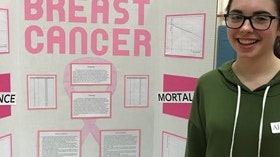Homepage
•
Learning Library
•
Blog
•
Students use computational thinking to analyze real problems
Expand breadcrumbs
Expand breadcrumbs
- Learning Library
- Blog
- Students use computational thinking to analyze real problems
- Homepage
- •
- Learning Library
- •
- Blog
- •
- Students use computational thinking to analyze real problems
Students use computational thinking to analyze real problems
By Jennifer Snelling
March 27, 2018








